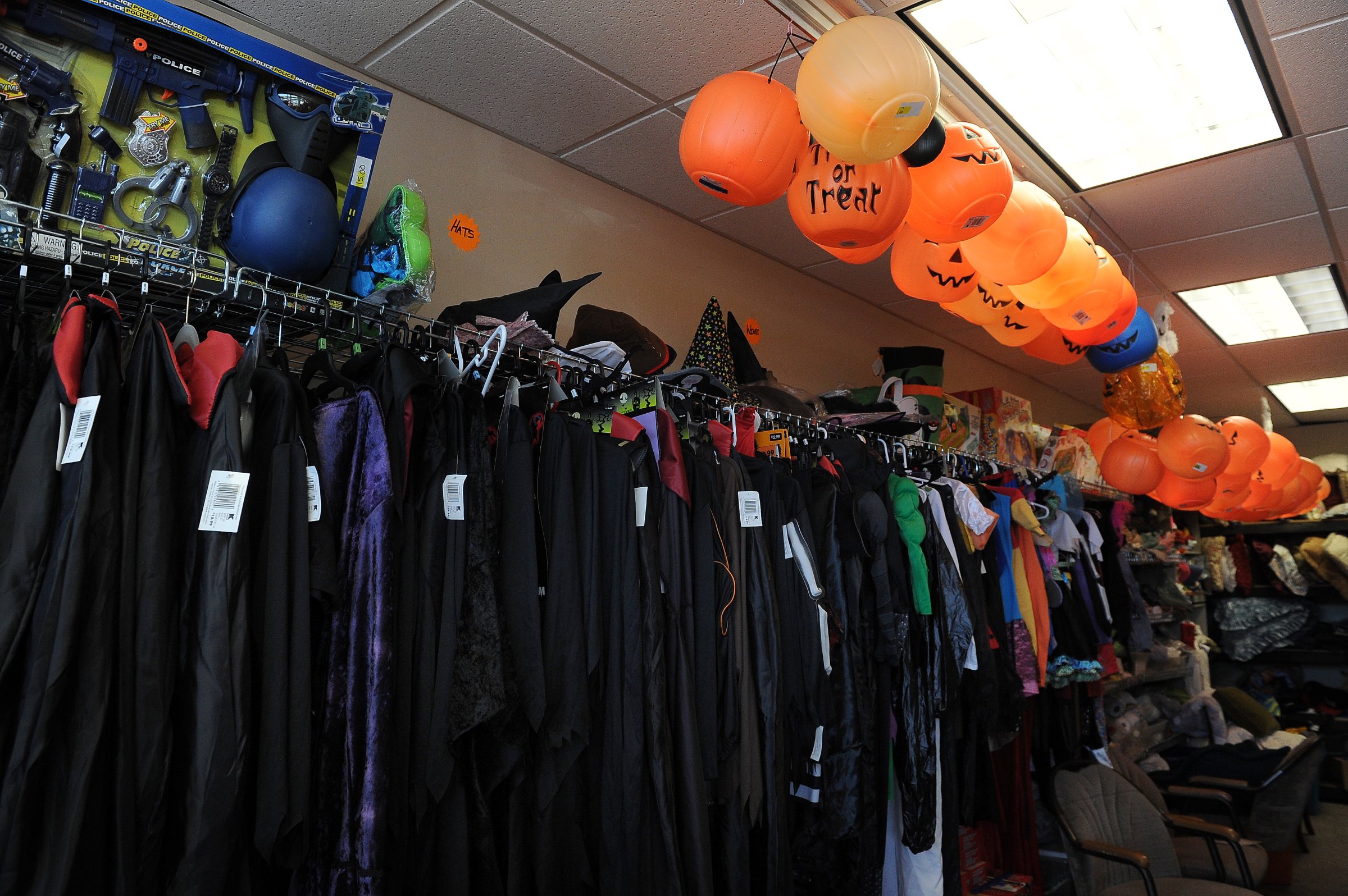
The fall’s annual backlash over controversial Halloween costumes started in August this year when several websites began selling an outfit inspired by Caitlyn Jenner’s July Vanity Fair cover.
The response was swift, with the Internet protesting its transphobic presentation, although Jenner told Matt Lauer she doesn’t find it “offensive at all.”
And dressing up like Jenner isn’t the only thing upsetting people as Halloween approaches. Pretty Little Liars actress Ashley Benson apologized after posing in a Cecil the Lion costume on Instagram. Amazon reportedly pulled a costume called “Lady Boy Drag” from its U.K. site after users cried foul. And Walmart removed two costumes from its online store after receiving complaints that the outfits were anti-Semitic.
In past years, people have dressed up as everything from Ebola patients and Malaysian Air flight attendants to Trayvon Martin and Orange Is the New Black characters (using black face paint).
“I’m not surprised by what’s coming up,”says Johnathon Weeks, founder of costume retailer Costumeish. “And we do develop and design things that are obviously controversial.”
In 2013, a woman in the Midwest sparked viral outrage after she dressed up like a Boston Marathon bombing victim. “When you’re not close, whether that’s in time or actual physical distance, there’s just less of an empathetic connection that exists there,” says Peter McGraw, who co-wrote the book The Humor Code: A Global Search for What Makes Things Funny.
Why people think the controversial costumes are good ideas is tied to a theory that things that are funny are things that are wrong, McGraw says. “There’s a passage of time that makes some violations more benign. It removes all of the threat associated with it and transforms tragedy into comedy.”
Still, a line tends to be drawn. Weeks says Costumeish uses a search engine tracker to figure out what customers are looking for. One person suggested he sell a Twin Towers costume, which he refused. But he rarely turned customers down. “As they want more controversial costumes, we’ll keep building them and selling them,” he says.
More Must-Reads from TIME
- Introducing the 2024 TIME100 Next
- The Reinvention of J.D. Vance
- How to Survive Election Season Without Losing Your Mind
- Welcome to the Golden Age of Scams
- Did the Pandemic Break Our Brains?
- The Many Lives of Jack Antonoff
- 33 True Crime Documentaries That Shaped the Genre
- Why Gut Health Issues Are More Common in Women
Contact us at letters@time.com